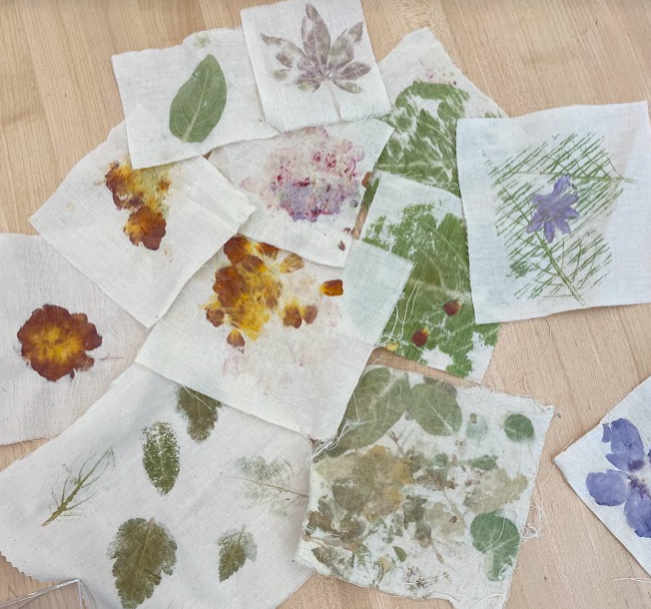BOOMbox at Home: Nature
September 27, 2024

As fall begins to settle in, it's the perfect time for the BOOMbox to dive into the wonders of nature. The days are growing shorter and the nights cooler, but there's still much to discover.
This fall, we're asking exciting questions like: Why do leaves change colors? What happened to the dinosaurs? Why do animals hibernate? How are storms created? Where does the wind come from? Join us as we explore these questions and more.
Nature covers a vast array of fascinating topics, especially with the changing seasons. Fall is a wonderful time to observe how the world around us transforms. In this special BOOMbox blog post, we’ll share activities you can try at home that connect with seasonal changes.
Today, we're focusing on leaves and their many secrets. What is chlorophyll? How do leaves get their colors? Why do leaves change and fall? Let’s find out as we focus on different aspects of nature.
Recently, we focused on leaves and plants in the BOOMbox. Some of our experiential learning specialists have created activities like hammered botanical prints, chlorophyll paintings, and seed bombs. Here are two activities for taking a deeper dive into leaves at home.
Chlorophyll is a special green substance found in plants that plays a crucial role in their ability to make food. It gives plants their green color and helps them use sunlight to create energy through a process called photosynthesis. Just as we need food to get energy, plants rely on chlorophyll to convert sunlight into the energy they need to grow and stay healthy. Without chlorophyll, plants wouldn’t be able to produce their own food or thrive, making it an essential part of their growth and survival. The greener your plant or vegetable, the more chlorophyll it has.
As trees transition from summer to fall, chlorophyll breaks down, revealing other colors. By shedding their leaves, trees conserve their energy and keep moisture in their bark. This also helps prevent the branches from becoming too heavy with snow, which could cause them to break. These changes allow trees to conserve energy for the winter.
We’ve had a couple of activities in the BOOMbox to explore this even further. One of those was “hammered botanical prints.” Fresh leaves and flowers of various colors are collected. After they are collected you place your fresh leaves or flowers on a white canvas. Once placed, we used a rubber mallet to imprint the leaves onto the fabric. The rubber mallet breaks the leaves and petals down enough to transfer the color and shape onto the fabric, leaving you with a fun artistic interpretation of the original plant.

The Chicago Botanic Garden is a great place to explore plants from all over the world. It even has a seasonal exhibit called Butterflies and Blooms during the summer where it’s possible to see first-hand the life cycle of butterflies and moths. Check out more resources from Project Wild to see curriculum and activities for animals, art and illustration, and conservation.
During our nature exploration this fall, we also uncovered the fascinating ways animals prepared for winter through hibernation. We did this with an upcycled hibernation habitat activity using cardboard boxes, newspapers, and other recycled products. We also delved into life cycles and saw how different habitats provided homes for various animals. We explored how creatures grew and changed from birth to adulthood by making a habitat diorama. By understanding these concepts, we gained a greater appreciation for nature and learned how we could help protect it for the future. In November, the library will also have an event called Climate Change STEAM Projects for families to learn more about climate change.
Walking outside in any season, we can see many facets of nature. Check out National Geographic Kids for more fun facts about hibernation.
To take a look at the past, the BOOMbox will have activities related to dinosaurs, including our Read to a Dinosaur event. National Geographic Kids even has a page dedicated to dinosaurs with activities, puzzles, and fun facts to explore about the prehistoric world.
We’ve had so much fun taking a deeper dive into nature and cannot wait to see how you explore nature at home. We hope you enjoy the activities!
What will you learn today?